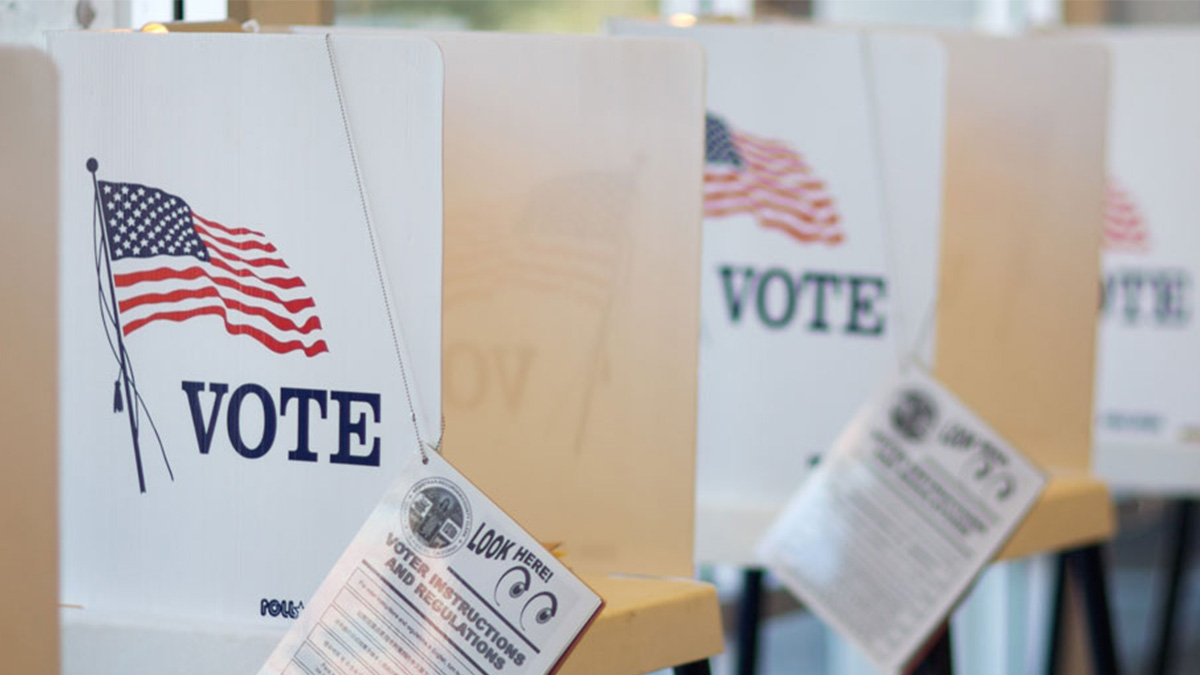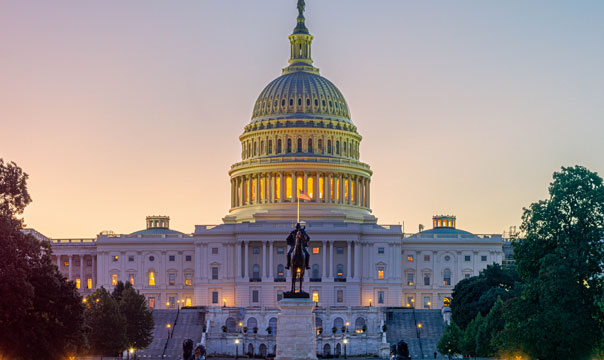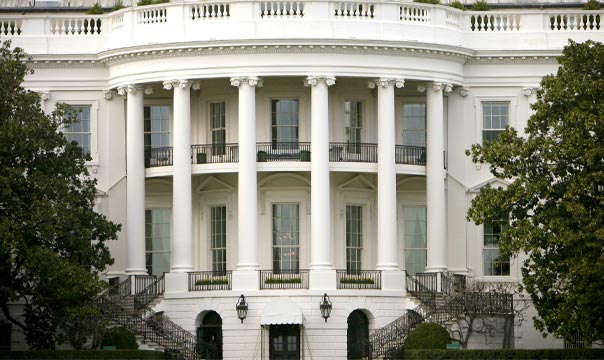
The much-anticipated U.S. midterm election remains unsettled due to several unresolved races, but the outcomes are in line with our pre-election day viewpoints: Macroeconomic variables like inflation and growth trends historically have a far larger impact on capital markets than political outcomes. That said, the election results, including those not yet determined, do have market impacts. Below are some future considerations as we continue to monitor specific results across the country.
From a top-down perspective, it appears that our divided government remains, although the division seems to be less pronounced than anticipated. As of midday on Wednesday, November 9, national news media project Republicans will recapture a majority in the House of Representatives, albeit by a slimmer margin than many analysts predicted. The Senate majority remains an open question, with the Georgia contest between incumbent Democrat Raphael Warnock and Republican challenger Herschel Walker moving to a December 6 runoff election, a phenomenon seen in the 2020 Georgia Senate race when Democrats Jon Ossoff and Warnock defeated Republicans David Purdue and Kelly Loeffler in a special election. Gubernatorial races represented more mixed outcomes across parties; as of Wednesday morning, the only two governorships that changed parties were Maryland and Massachusetts, both of which went from Republican to Democrat.
Since the House is expected to be in Republican control, the Senate still undetermined and gubernatorial results more mixed, the market implications at a broad level are less straightforward than if either party had taken a more pronounced lead in part or in aggregate. The adage “markets like political gridlock” may hold true, but we anticipate a more nuanced outcome to the U.S. political economy. Some argue that instead of a two-party system, the U.S. has four: Moderate Republicans and Democrats and more fundamentalist or extreme Republicans and Democrats. With what some pundits are referring to as “razor-thin” election mandates, not only will Republicans and Democrats need to negotiate with each other to move legislative agendas, but more fractured intra-party dynamics may further thwart legislative activity becoming law.
The largest market implications we foresee involve fiscal policy, tax policy and the debt ceiling. Fiscal policy can counterbalance diminished economic growth and activity; when consumer and corporate growth slows, government spending can serve as a supplement. In the current environment, inflationary pressures are at least partly tied to fiscal policies in 2020 and 2021; should the economy weaken in 2023, a divided government will likely leave fiscal policy on the sideline for the near future. Further, monetary policy, as led by the U.S. Federal Reserve, is in a tightening mode following years of pro-growth policies, so fiscal expansion would undermine the Fed’s stated current monetary policy goals. Growth offsets through fiscal policy are unlikely to accompany the next economic downturn, causing a deeper slowdown, all else equal.
Republican control of the House of Representatives alone provides Republicans the ability to originate spending bills. Tax increases were a major component of President Biden’s Build Back Better legislative package when Democrats held majorities in both the House and the Senate, and legislators included some components of Build Back Better in the Inflation Reduction Act passed earlier this year. The widely projected “flip” in control of the House to Republicans means we are very unlikely to see any of the significant corporate and individual tax increases previously proposed in the Build Back Better legislation.
The debt ceiling debate is the last significant election implication. With the Senate race an open question possibly into December, the political will to come together on a debt deal in the lame-duck Congress is low. Investors have seen long political standoffs on the debt ceiling, and we anticipate this debate gaining vigor in 2023 as total public debt approaches the $31 trillion debt limit. Should the debt ceiling debate extend deep into the new year and conjoin with other legislative entanglements, this can drive rating agencies to express concerns as best manifested in 2011, when ratings agency Standard & Poor’s cut the U.S. sovereign credit rating from AAA, with S&P citing, “our opinion (is) that the fiscal consolidation plan that the Congress and the Administration recently agreed to falls short of what, in our view, would be necessary to stabilize the government’s medium-term debt dynamics.”1 While we do not anticipate debt rating downgrades, legislators recognize the high stakes in the event of a debt ceiling showdown.
On the more constructive side from a capital market perspective, the election results suggest a lower likelihood of significant sector-focused legislation, particularly aimed at the Technology sector. Irrespective of one’s politics, Technology represents an outsized weight in major domestic and global equity indices (the Technology sector has a 26% weight and is the largest in the benchmark S&P 500 Index as of the end of September). Legislation aimed at antitrust, privacy and online safety could all move markets. Bipartisan bills may be scarce, but analysts cite continued China-focused legislation alongside health care and energy bills as areas where Republicans and Democrats may find common ground.
We will keep you posted on our assessments as election results unfold. We maintain a more defensive outlook for diversified portfolios as we transition to 2023 due to concerns about economic momentum and corporate earnings reflecting slowing consumer spending and inflation’s cumulative negative impact on growth. The election implications are important, but in the aggregate calculus we see bigger capital market drivers as we turn our attention to the new year. As always, please do not hesitate to let us know if you have questions regarding your unique situation.
This information represents the opinion of U.S. Bank Wealth Management. The views are subject to change at any time based on market or other conditions and are current as of the date indicated on the materials. The factual information provided has been obtained from sources believed to be reliable, but is not guaranteed as to accuracy or completeness. U.S. Bank is not affiliated or associated with any organizations mentioned.
Indexes shown are unmanaged and are not available for direct investment. The S&P 500 Index consists of 500 widely traded stocks that are considered to represent the performance of the U.S. stock market in general.
Tags:
Related articles

How midterm elections affect the stock market
A look at how markets have performed historically during midterm election cycles.

Markets and the Biden administration
Explore how the markets have fared so far under the current administration and what to expect moving forward.
